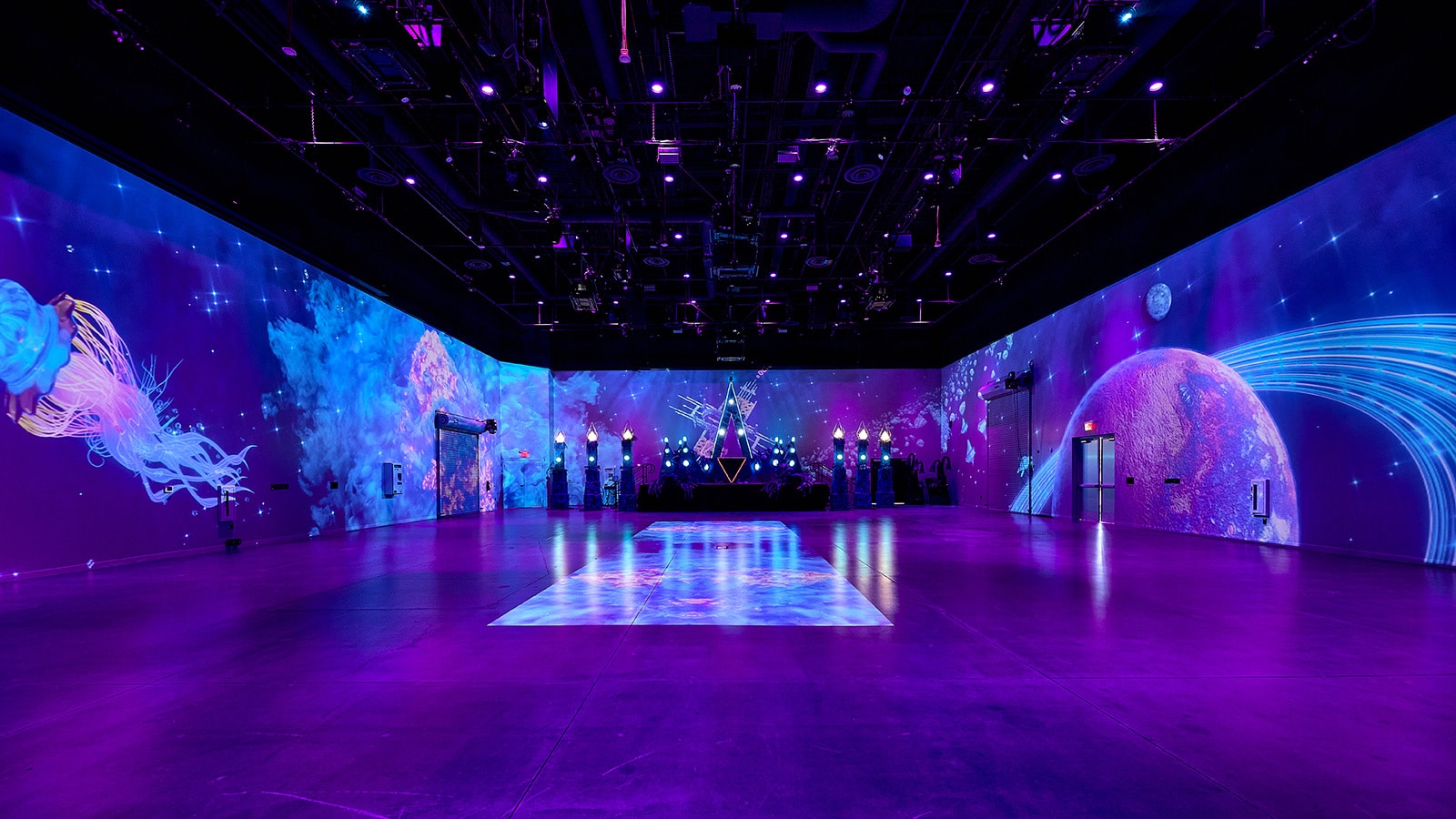There are as many definitions of immersive audio as there are names for it—spatial sound and 3D sound being the most common.
Graham Hendry, vice president of strategic development at Renkus-Heinz, explained immersive audio as “a multidimensional approach used to surround your audience with an expanded sonic field to make them feel truly enveloped in the experience you are crafting. The reason there may be different names for this capability is likely because there are a few different approaches to providing it.”
“I define immersive audio by its goal of delivering enhanced engagement for listeners—emotionally moving audience members from being mere spectators to feeling like active participants—and cognitively addressing the basic human associative sensory needs to localize on a person’s voice or to adapt to their surroundings,” said Marc Lopez, vice president of marketing Americas, d&b audiotechnik. “In simpler terms, the goal is to intensify the connection and realism for the listener, essentially bringing the stage much closer to the listener and enveloping them so they feel like part of the whole experience.”
Simply put, “Immersive audio is placing audio elements anywhere you want,” according to David Missall, insights manager consultant at Sennheiser.
Pandemic Increases Use of Immersive Audio
The COVID-19 pandemic has changed a lot of things, including where and how immersive audio is used.
“Audio that is experienced all around an audience can help encourage social distancing” because audience members don’t have to all congregate in one part of the room to hear it, said Steve Ellison, Meyer Sound’s director of spatial sound. “If screens and the audio system are distributed all around them, then they can explore all parts of the room. As venues increase to pre-pandemic capacities, audiences will be encouraged to leave their bubbles and come back [to live events] by new experiences.”
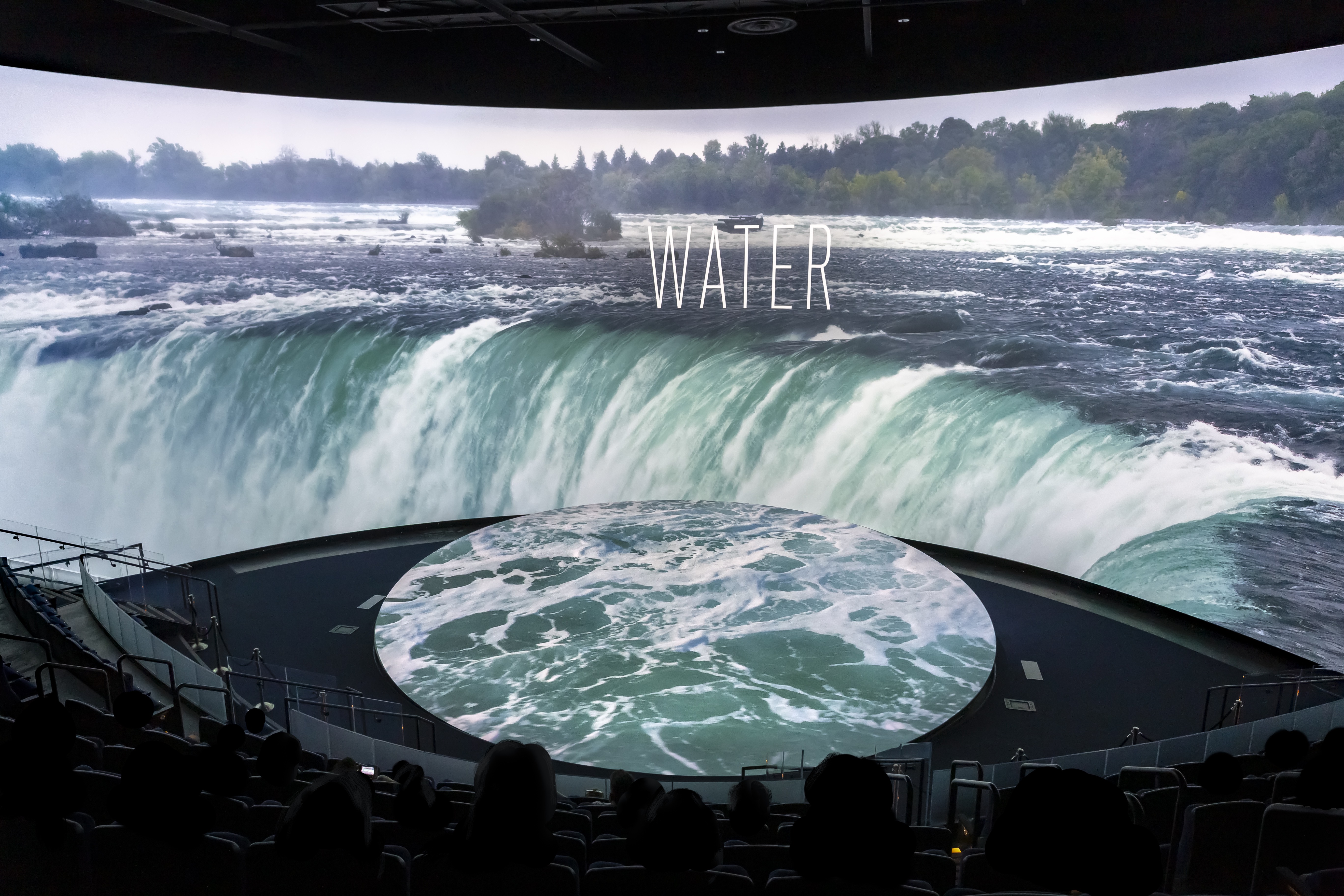
“Immersive audio is one of the capabilities Renkus-Heinz sees strong demand for as we emerge from the pandemic,” added Hendry. “The thinking is that people will be highly interested in entertainment outside of their homes that offers them a nearly palpable AV experience—one they most likely cannot experience at home or in common environments. That’s key to winning their business and getting them to return. There are some obvious places for this kind of experience, such as in a theater, but areas for growth here include exhibits, attractions, and retail.”
The largest uptick for spatial sound adoption appears to be in the exhibits and attractions industry. Immersive experiences are not new for this market segment—in fact, it’s been trending there for a while—but attractions typically focus on visual immersion. Adding in audio can create the ultimate experience for visitors.
[ Crafting an Immersive Soundscape ]
“We have been seeing museums stepping up their audio game when it comes to immersive experiences,” said Missall. “Whether it is a remote or in-person exhibit, museums are increasingly deploying mounted speakers and pinpoint control, as well as binaural headphones for guests to create a multidimensional demonstration. This is an exciting way to get folks to visit museums in person as they reopen their doors. We expect that the use of 3D audio technology for exhibits will increase in the coming months.”
Paul Hales, president and product designer at Theory Audio Design, agrees. “We’ve noticed a rise in the use of immersive audio in art exhibits and museums—the Immersive Van Gogh exhibit, for example,” he said. “However, the pandemic also increased the use of immersive audio in outdoor exhibits and entertainment experiences such as winter walks, Halloween and Christmas drive-through festivals, etc. The desire for entertainment has not decreased; it has just shifted to activities where people can socially distance. Adding immersive audio into open-air exhibits and experiences helps to keep guests engaged without requiring enclosed spaces.”
Everyday Installs?
As immersive audio grows in popularity, will we see it showing up in commonplace installations like conference rooms?
We certainly will, Lopez said. “Large corporate meeting spaces are already installing immersive systems to address engagement and flexible room configuration and have expressed interest in applying the technology into smaller spaces as it makes sense for them. As time moves on and cost efficiencies are realized with more efficient processors, we’ll see further adoption in small conference rooms.”
“When going to smaller spaces like a board room, the fact that some people will always be joining remotely means the AV system would hugely benefit from sound spatialization,” said Guillaume Le Nost, executive director, creative technologies, at L-Acoustics. “The additional challenge in that case relies on the capacity of communication tools like Zoom, Teams, etc. to deliver spatial audio. I do believe this space will slowly but surely move in this direction, as we are now all very aware of the importance of good audio quality—and a big red ‘unmute’ button—for remote meetings.”
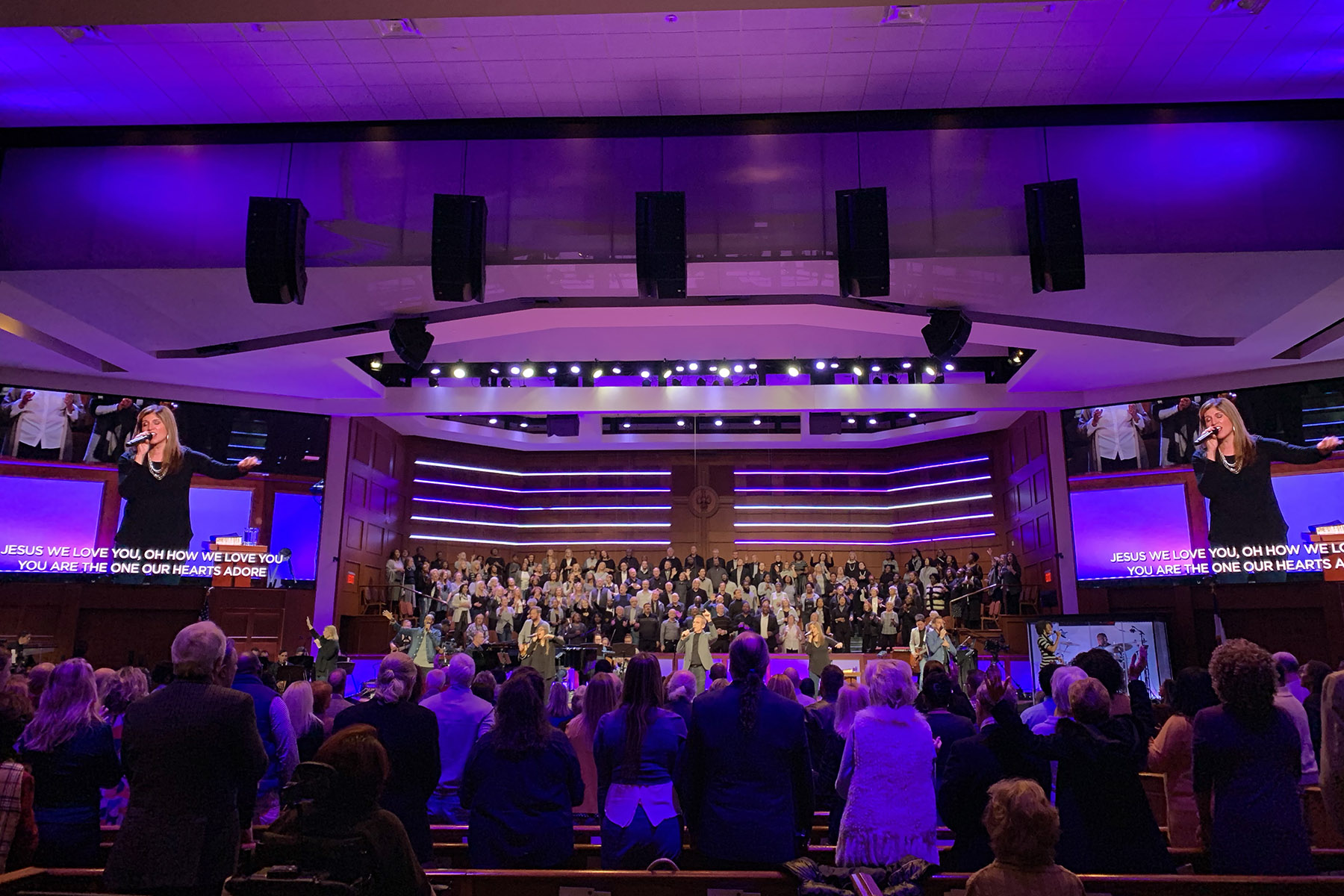
For the Masses
There is no question that spatial sound is exciting for audiophiles, but has that excitement spread to the installation market and the masses? How are companies making immersive audio more adaptable?
“Within our R&D department we are working on very exciting mass-market audio experiences involving immersive audio,” said L-Acoustics’ Le Nost. “We firmly believe that immersive audio should not be relegated only to cinemas or home cinema rooms. The localization and immersion benefits of spatial audio apply to musical, professional, and personal use cases as well.”
d&b’s Lopez believes that the industry needs to improve on key areas like ease of use/implementation and overall cost before spatial sound will be widely adopted. “This needs to be coupled with dedicated education and support, along with opportunities to experience what an immersive system can do for the venue or production,” he said. “Getting the different stakeholders involved early in the discussions is essential so they can understand how the system will benefit each of them.”
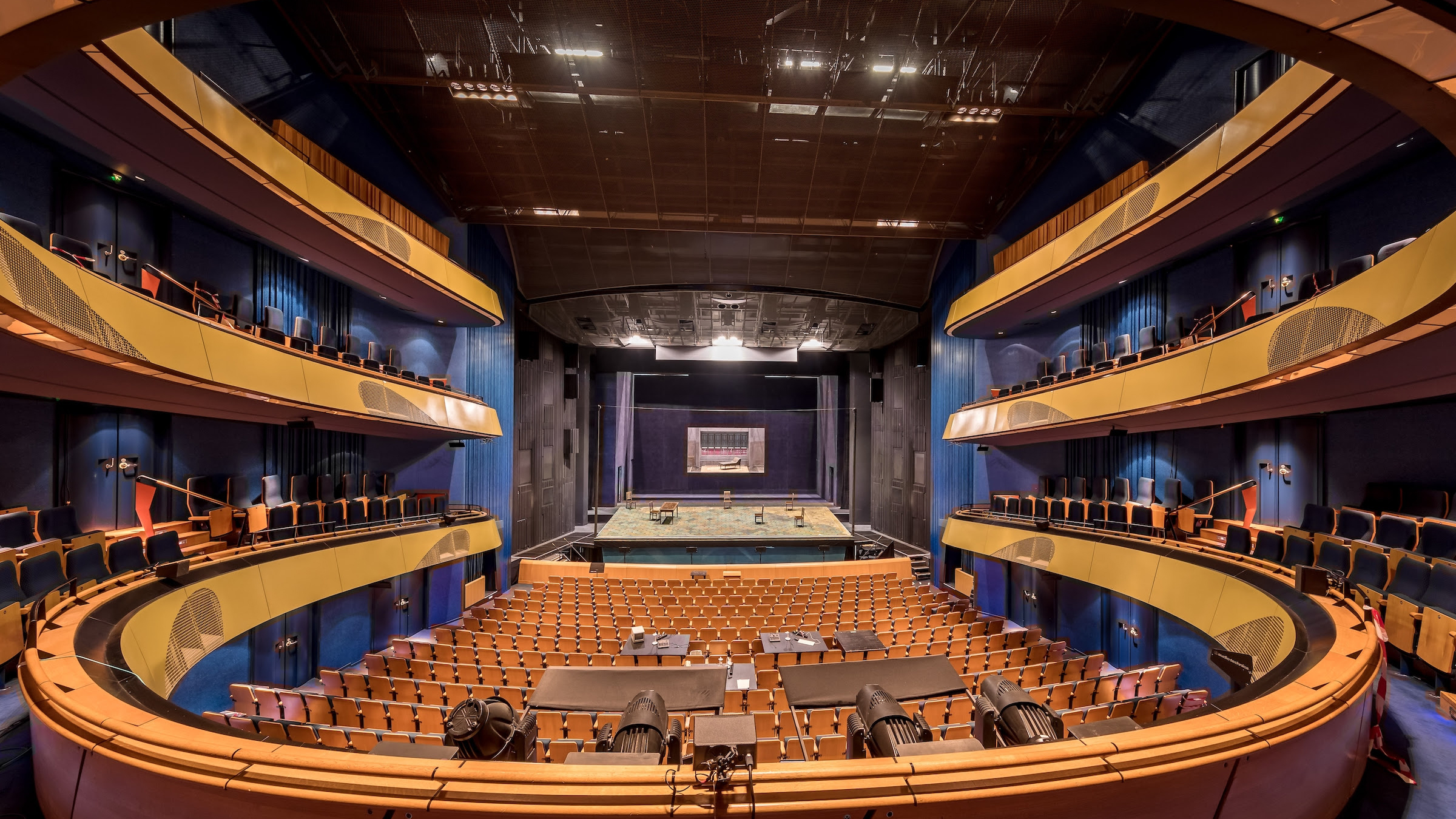
“With the d&b Soundscape platform, there are many advancements under the hood to make it adaptable and easier to implement from design to setup and use,” Lopez added. “System design and control are performed in tools that are already available and utilized for traditional systems: ArrayCalc simulation and R1 control software. The DS100 processor is unique in that it has an awareness of loudspeaker positions and directionalities, so it automatically calculates the correct amount of delay and level applied to each loudspeaker for any sound object in real time.”
Meyer Sound’s Spacemap Go is a hands-on spatial sound design and live mixing software for iPad that transforms one or more Galaxy Network Platform system controllers into a dynamic immersive audio system controller at no additional cost. “Integrators who have Galaxy on their shelves can now set up a multichannel system, give it a try, and provide this new capability to their clients,” said Ellison. “We’ve produced many videos and other online trainings to get them going. There is an ever-growing community of Spacemap Go users eager to explore this exciting ‘new’ audio dimension. The future is immersive!”
[ Testing Out Meyer Sound's Revolutionary Spacemap Go Spatial Sound Tool ]
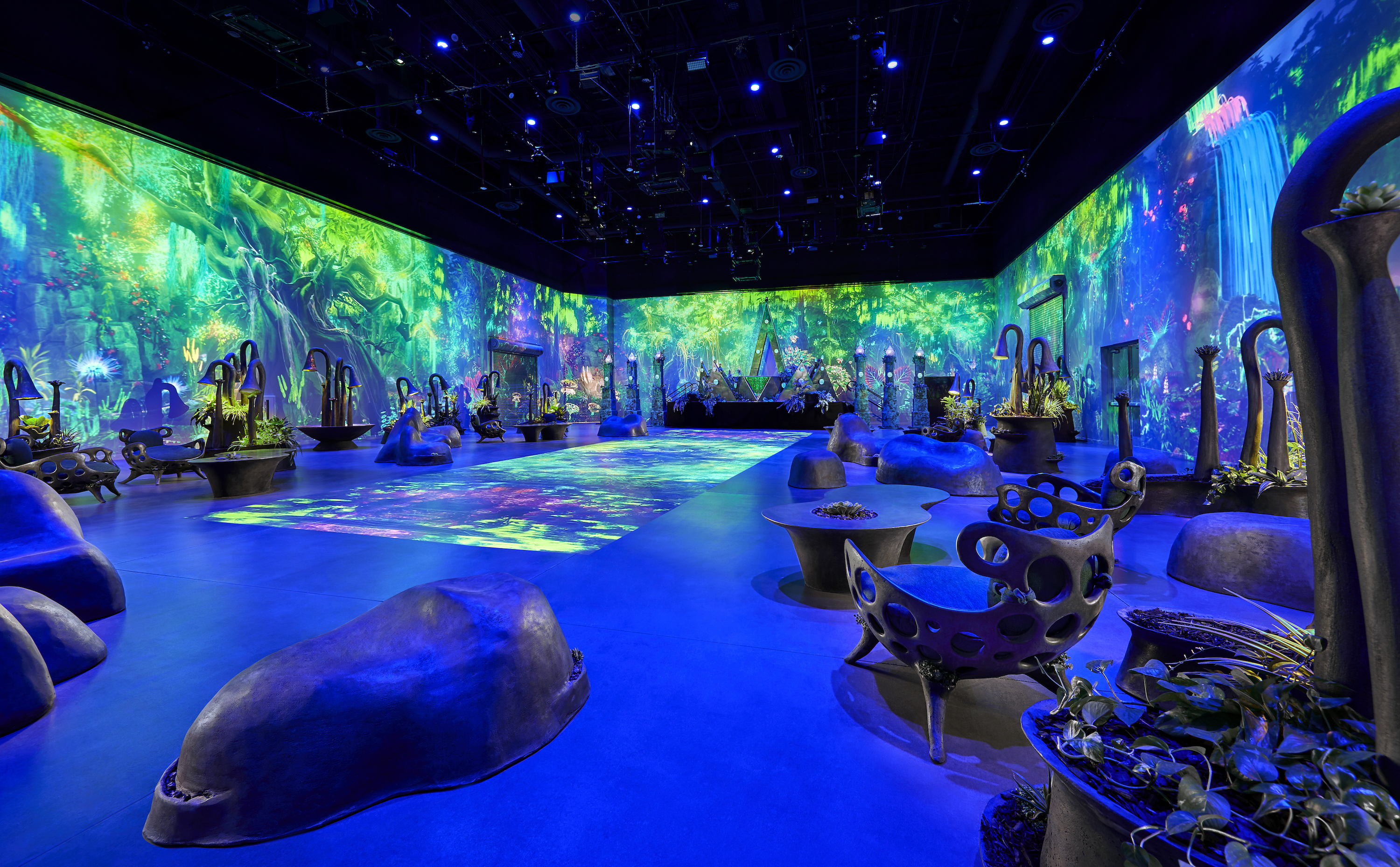
Hales believes Theory Audio has an advantage because it operates in both the residential and commercial spaces, which makes it easy for them to get their pro AV integrators excited about the technology.
According to Hales, Theory will launch a line of architectural loudspeakers in 2021 designed for high-end commercial installations ranging from immersive audio to distributed audio applications. “Couple that with our upcoming Amplified Loudspeaker Mixer, which will have full mixing capability and everything needed for complex commercial distributed audio and surround sound with 10 channels and up to 8,000 watts in a single 2U chassis. Theory is making installing immersive audio systems super simple, all while sounding superior to anything on the market today.”
The Future of Immersive Audio
As immersive audio installations and applications continue to proliferate, the easiest way to make the sale is to demonstrate the power of spatial sound. “Hearing is believing,” said Lopez. “Once a person experiences immersive, it’s easier to understand the potential for their specific application.”
“Immersive music is gaining traction and is quite simply breathtaking,” concluded Theory Audio’s Hales. “It is multidimensional, expansive, flowing audio that immerses the listener far beyond what stereo could ever offer. As the listener, you are transported into the music as it surrounds you and evokes your senses in a totally different way.”
Click here to read more stories from the June 2021 issue of SCN.
Related Stories
Critical Elements of Immersive Audio • From theaters to houses of worship and conference centers, almost every venue can benefit from a thoughtfully designed immersive audio system.
Crafting an Immersive Soundscape • ACMI, Australia’s national museum of screen culture, uses Audinate’s Dante to create a soundscape that uses both localized sound and sound that exists as a background across the entire gallery space.
Immersive Audio at Any Scale, Any Scope, and for Any Business • Renkus-Heinz's Matt Czyzewski shares the advantages of immersive audio.
Making Magic at the Frankfurt Opera with d&b Soundscape • Frankfurt Opera combats COVID social distancing challenges with d&b audio system supported by d&b Soundscape immersive sound.
Meyer Sound Spacemap Go Intensifies Auditory Excitement at AREA15 Las Vegas • AREA15 allows visitors to plunge into a 360-degree projection-mapped video experience supported by immersive audio enabled by Meyer Sound’s Spacemap Go spatial sound design and live mixing tool.
Audio’s Next Frontier: 3D Soundscapes • One of the most interesting innovations in audio over the last decade has been the ability to create immersive soundscapes. Find out how two audio installations in Italy are pushing the limits of what's possible with 3D sound.
